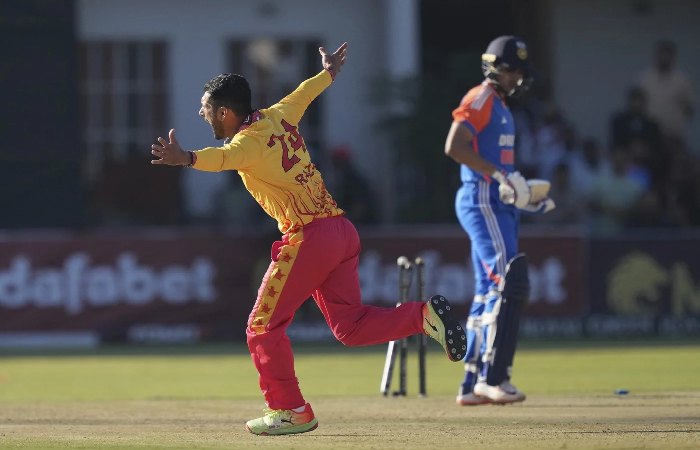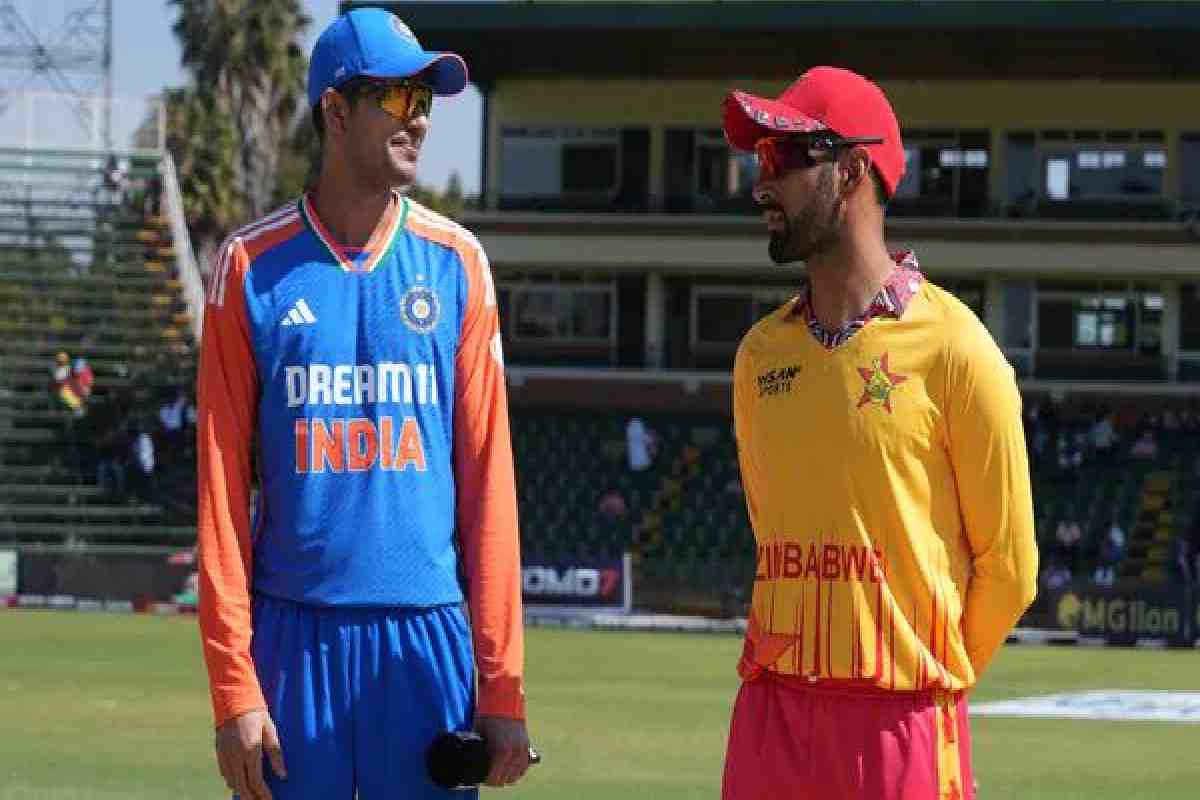Table of Contents
Introduction
When the Zimbabwe national cricket team takes on the Indian cricket juggernaut, it’s more than just a battle on the pitch—it’s a tale of contrasting cricketing journeys, evolving legacies, and occasional sparks of magic that defy expectations.
A Historical Backdrop
During the Prudential World Cup, the first official One Day International (ODI) between Zimbabwe and India was played on June 11, 1983. That game is best remembered for Kapil Dev’s legendary 175* — a knock that rescued India from 17/5 and set the foundation for their eventual World Cup win. Ironically, that innings was not televised due to a BBC strike, adding to its mythical status.
Since then, the two teams have faced off numerous times across formats, with India largely dominating the head-to-head record. However, Zimbabwe has had its moments of brilliance, especially during the 1990s and early 2000s, when players like Andy Flower, Heath Streak, and Henry Olonga made the African nation a competitive side in world cricket.
Format Breakdown: Tests, ODIs & T20s
- Test Cricket: India and Zimbabwe have played limited Tests due to Zimbabwe’s intermittent participation in the longer format. India has dominated with both bat and ball, but Zimbabwe has occasionally shown resilience, especially at home.
- ODIs: The bulk of their cricketing encounters have come in ODIs. India has won most of these matches, but Zimbabwe’s upset victory in the 1999 World Cup remains a highlight. Neil Johnson’s all-round performance in that match stunned the cricketing world.
- T20 Internationals: As the shortest format gained popularity, Zimbabwe and India have played several T20I series, mainly in Zimbabwe. Young Indian squads, often led by future stars like KL Rahul or Shubman Gill, have used these tours to gain international exposure.
What Makes This Rivalry Interesting?
While the rivalry might not match the firepower of India vs. Australia or India vs Pakistan, it carries its unique appeal:
- Opportunity for Emerging Talent: India often sends second-string or developing squads to Zimbabwe, giving fans a first glimpse at future stars. Zimbabwe, too, uses these matches to expose their youngsters to high-quality opposition.
- Cricket Diplomacy: India has historically supported Zimbabwe cricket, helping with funding, development tours, and bilateral series that keep Zimbabwe relevant internationally.
- Unpredictability: Despite India’s strength, Zimbabwe always could punch above its weight, especially in home conditions. A few stunning wins, such as their 2-1 T20I series win 2016, remind the worlds of their potential.
Recent Encounters and the Road Ahead

In recent years, India has used Zimbabwe tours as a testing ground for bench strength. For instance, the 2022 ODI series in Harare saw India whitewash Zimbabwe 3-0, with players like Shubman Gill and Deepak Chahar shining.
Under new leadership and rebuilding efforts, Zimbabwe focuses on youth development. The return of players like Sikandar Raza and the emergence of bowlers such as Blessing Muzarabani have sparked hope for a resurgence.
As Zimbabwe stabilizes its cricketing structure and India rotates its deep talent pool, future series could see more competitive matches. With cricket expanding through the T20 leagues and ICC’s efforts to globalize the sport, Zimbabwe vs India could gain more prominence on the international calendar.
Conclusion
The Zimbabwe vs India cricket story is not about fierce rivalry—it’s about opportunity, respect, and the shared love for the game. While India’s dominance is clear, Zimbabwe’s fighting spirit and potential for surprise make every match worth watching. As both nations look toward the future, their cricketing paths will likely cross again—with new players, new narratives, and perhaps, a few more upsets.

